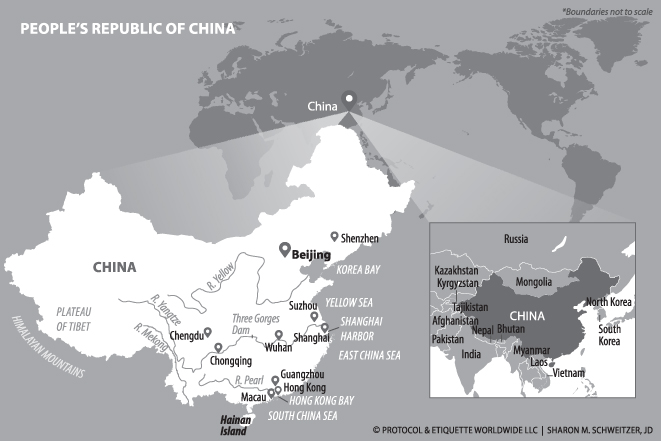Chapter 5China

All people are the same; only their habits differ.
—Confucius
Introduction
More than 40 million people worldwide are currently learning to speak Mandarin, reflecting the monumental growth of China, that usurped the long-standing status of the U.S. as the world's leading economic power.1 In late 2014, the International Monetary Fund (IMF) reported that when adjusting for purchasing power, China's economy had overtaken that of the United States. However, the IMF also estimated that it will be some time before China surpasses the U.S. in terms of the raw market value of China's currency,2 “China still sits more than $6.5 trillion lower than the U.S. and isn't likely to overtake for quite some time.”3 This momentum is likely to increase given that 200 million people are predicted to enter the Chinese middle class by 2026, joining the 300 million who have done so in the past 30 years. Additionally, in the Forbes 2014 list of the World's 100 Most Powerful Women, nine are from China, nearly 10 percent of the list. In 2012, Forbes reported that the most female billionaires come from China.
China has money and lots of it: The country is sitting on more than $15 trillion in bank deposits growing $2 trillion annually.4 The Chinese middle class and wealthy wield individual economic power. As McKinsey reported, China is predicted to surpass Japan as the world's leading luxury ...
Get Access to Asia: Your Multicultural Guide to Building Trust, Inspiring Respect, and Creating Long-Lasting Business Relationships now with the O’Reilly learning platform.
O’Reilly members experience books, live events, courses curated by job role, and more from O’Reilly and nearly 200 top publishers.

